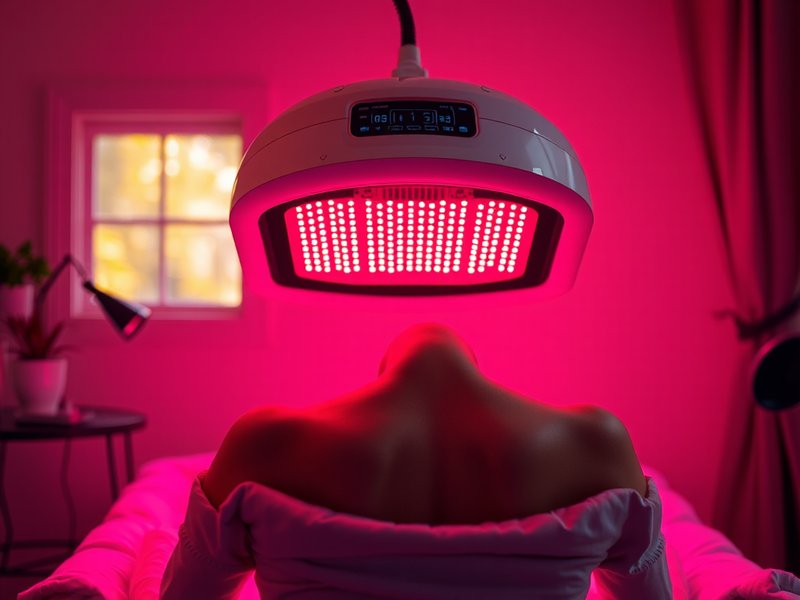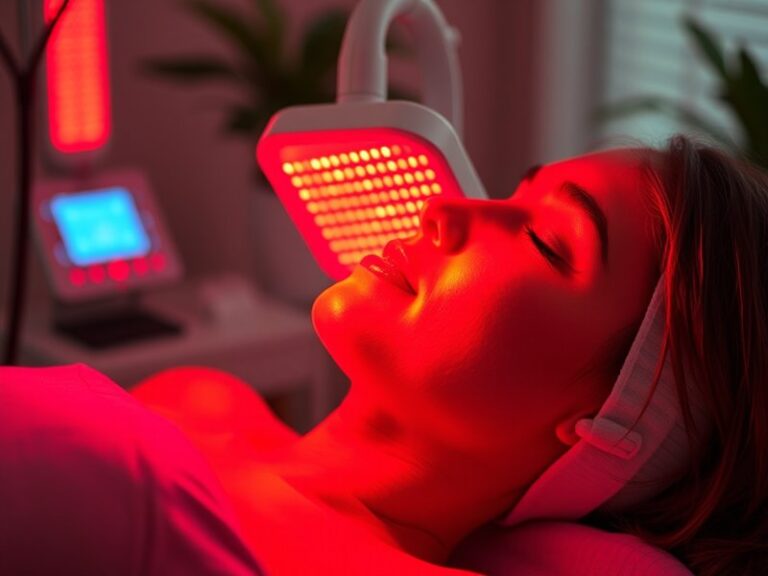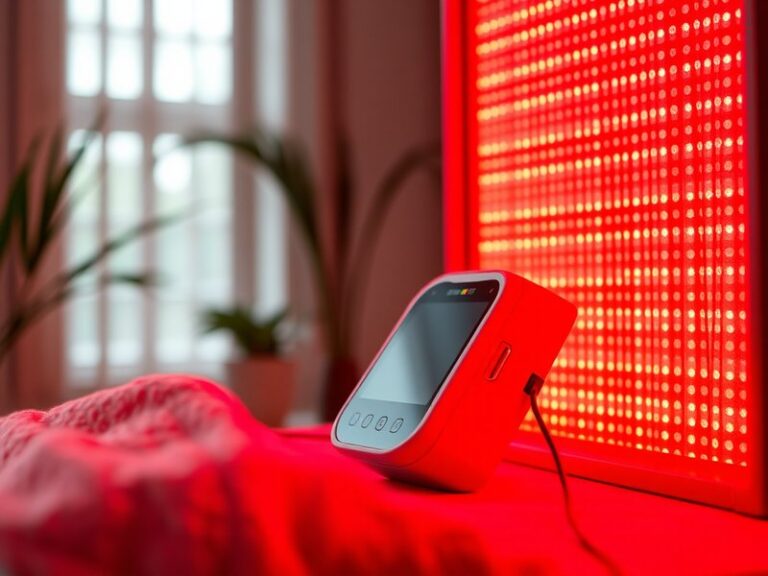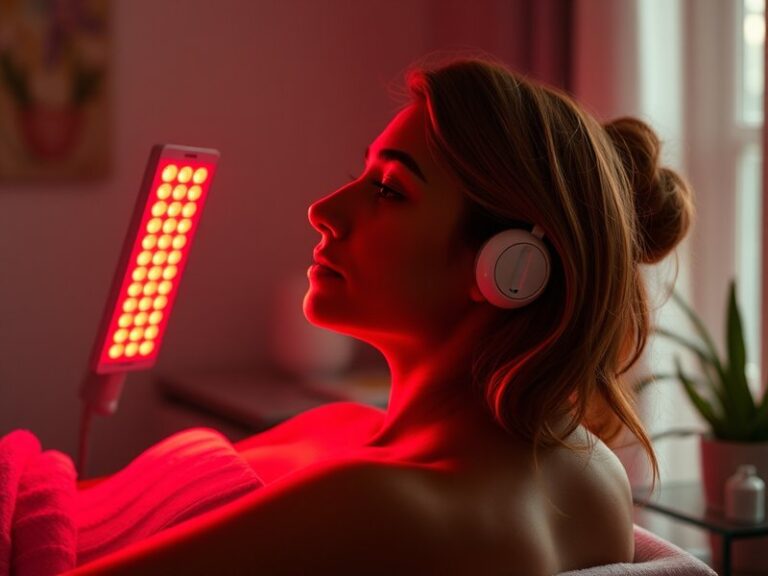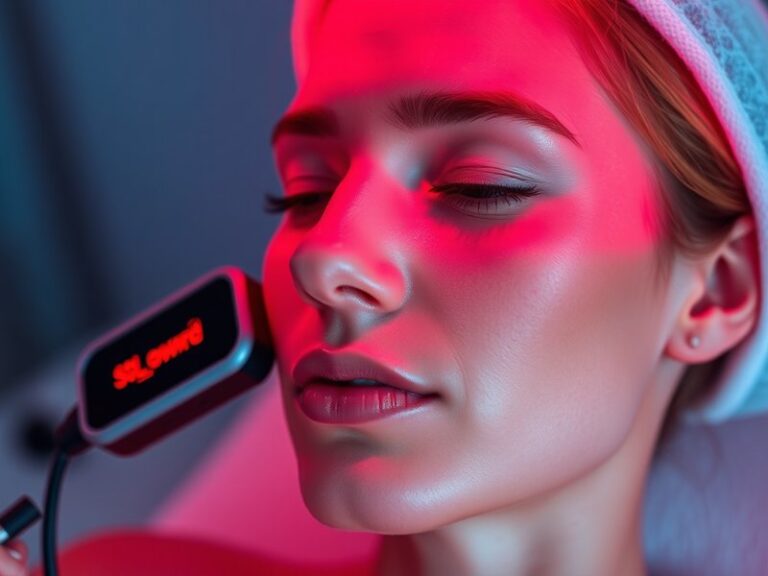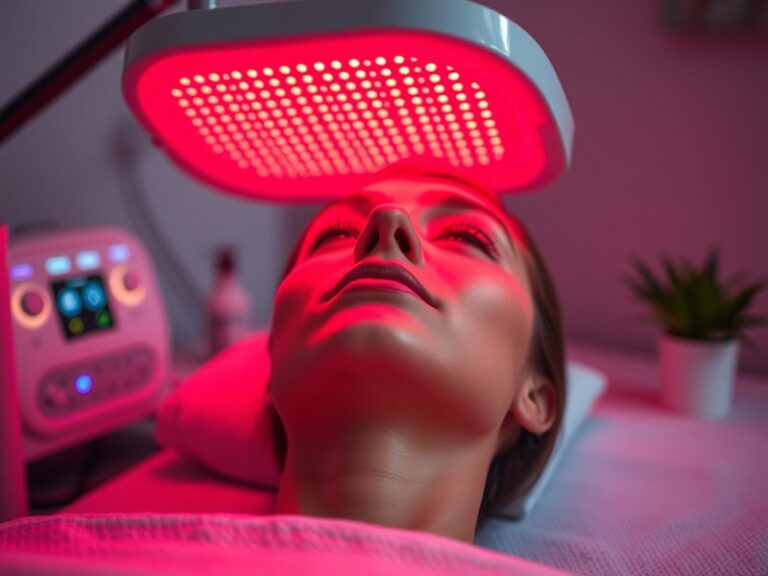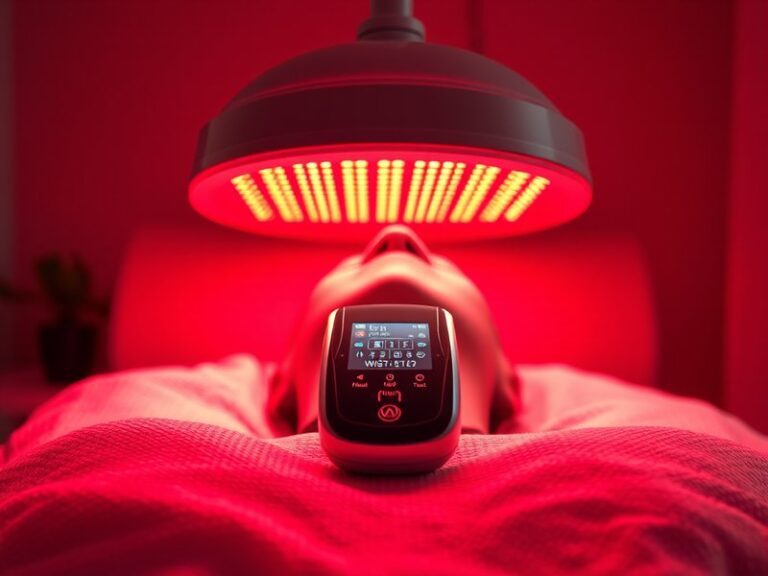How Long Should You Sit Under Red Light Therapy?
How Long Should You Sit Under Red Light Therapy?
Are you curious about how red light therapy works and how long you should be using it for optimal benefits?
In this article, we will explore red light therapy, the recommended duration for sessions, the benefits it offers, and important considerations to keep in mind. Whether you’re looking to enhance skin health, improve recovery times, or explore alternative therapy options, we’ve got you covered.
Key Takeaways
- Session duration for red light therapy typically ranges from 10 to 20 minutes, depending on the targeted benefits.
- Consistency is key; regular sessions may enhance outcomes significantly.
- Individual responses may vary; it’s important to listen to your body and adjust accordingly.
What is Red Light Therapy?
Red light therapy (RLT) is a non-invasive treatment that utilizes low-level wavelengths of red light to stimulate cellular processes. This therapy penetrates the skin, promoting healing and regeneration at the cellular level.
Originally developed in the 1960s for NASA’s plant growth experiments, it has since been adopted for various applications, including reducing inflammation, promoting wound healing, and improving skin appearance.
RLT works by boosting energy production within cells, enhancing ATP (adenosine triphosphate) production, which is essential for cellular energy. As a result, it can aid in tissue repair, reduce pain, and enhance the overall healing process.
What are the Benefits of Red Light Therapy?
Red light therapy offers a multitude of potential benefits, from enhanced skin health to improved recovery times. Below are several key advantages of incorporating RLT into your wellness routine.
Enhanced Skin Health
Red light therapy can significantly improve skin conditions, such as acne, psoriasis, and signs of aging. Studies show it can boost collagen production, reduce wrinkles, and enhance skin tone and texture. Users often report a healthier and more radiant complexion after consistent use.
Improved Muscle Recovery
Athletes and fitness enthusiasts utilize RLT for its ability to enhance muscle recovery. By promoting blood circulation and reducing inflammation, red light therapy can decrease soreness and improve healing times after intense workouts.
Pain Relief
Many individuals find relief from chronic pain conditions, such as arthritis or fibromyalgia, through red light therapy. By reducing inflammation and enhancing cellular repair, RLT can help alleviate pain and improve overall quality of life.
Better Hair Growth
Emerging research suggests that RLT may stimulate hair growth in individuals experiencing androgenetic alopecia (pattern baldness). By energizing hair follicle cells, it may improve hair density and thickness.
Enhanced Mood and Sleep Quality
Some studies indicate that exposure to red light can improve mood and regulate sleep patterns by influencing the body’s circadian rhythms. It can help reduce symptoms of seasonal affective disorder (SAD) and promote relaxation.
Is it Possible to Overdo Red Light Therapy?
While red light therapy is generally considered safe, it is possible to experience diminishing returns or skin irritation if sessions are excessively prolonged or too frequent. Moderation is essential.
What are the Advantages of Regulated Sessions?
Following recommended session times allows the body to adapt and respond positively without overstimulation. The key benefits are:
- Effective results: Individuals are more likely to achieve the desired outcomes without overwhelming their skin or cells.
- Reduced risk of irritation: Moderation minimizes the chance of discomfort or adverse reactions, promoting a more enjoyable experience.
- Consistent progress: Establishing a routine helps in monitoring improvements over time.
What are the Disadvantages of Overdoing It?
Exceeding recommended session lengths may lead to risks, including:
- Skin irritation: Overexposure can cause redness, sensitivity, or rash.
- Diminished effects: Too much light may inhibit the body’s natural recovery processes.
- Misleading results: Inconsistent experiences may lead to frustration and doubts about the therapy’s effectiveness.
What are the Things to Consider Before Starting Red Light Therapy?
Before diving into red light therapy, several considerations are important to ensure safety and maximize benefits.
Understand Your Goals
Determine what you hope to achieve with RLT, whether it’s improving skin health, reducing pain, or promoting recovery. This understanding will guide your session length and frequency.
Discover the full story Palm Beach Tan Red Light Therapy?
Find all the details in Are all red light masks the same?
Consult a Healthcare Professional
If you have existing health conditions, it’s wise to consult with a healthcare provider or dermatologist before starting RLT. They can provide specific recommendations tailored to your needs.
Monitor Your Response
Pay attention to how your body reacts after each session. Adjust duration and frequency based on your comfort and the performance you observe.
Equipment Quality
Invest in a high-quality red light therapy device, as effectiveness can vary significantly. Ensure it emits light at appropriate wavelengths (usually between 600 to 650 nm for red light).
What are the Alternatives to Red Light Therapy?
If red light therapy doesn’t seem like the right fit for you, there are alternative therapy options worth considering.
Near-Infrared Therapy
Similar to RLT, near-infrared therapy penetrates deeper into tissues and offers benefits such as pain relief and improved muscle recovery.
Laser Therapy
Laser therapy involves focused light energy to target specific areas, promoting healing and reducing inflammation. It is often employed in physical therapy and sports medicine.
Cold Laser Therapy
This lower-level laser therapy uses a different wavelength but provides similar benefits in pain relief and tissue repair without generating heat.
Infrared Saunas
Infrared saunas use heat and light to aid in detoxification, relaxation, and muscle recovery. These can offer a holistic wellness experience.
Conclusion: Is it Recommended to Use Red Light Therapy?
Overall, red light therapy can be a valuable addition to your health and wellness regimen. Recommended session times generally range from 10 to 20 minutes, and consistency is crucial for realizing its full benefits. Always keep in mind your specific goals and body responses to ensure a safe and effective experience.
Frequently Asked Questions
How often should I use red light therapy?
It is commonly recommended to use red light therapy 3 to 5 times per week for optimal results, but this can vary based on individual goals and products used.
Are there any side effects?
Most users experience minimal side effects, but some may notice redness or irritation depending on skin sensitivity. It is essential to follow recommended guidelines to minimize risks.
Can I use red light therapy on my face?
Yes, red light therapy is safe for facial use and can help rejuvenate skin, reduce wrinkles, and improve overall complexion.
How do I know if red light therapy is right for me?
Consider your specific health goals and any existing medical conditions. Consulting a healthcare provider can help you make an informed decision.
Can I perform other treatments concurrently with red light therapy?
Yes, combining RLT with other therapies can be beneficial, but it is wise to consult a professional to avoid overexposure or interactions.
